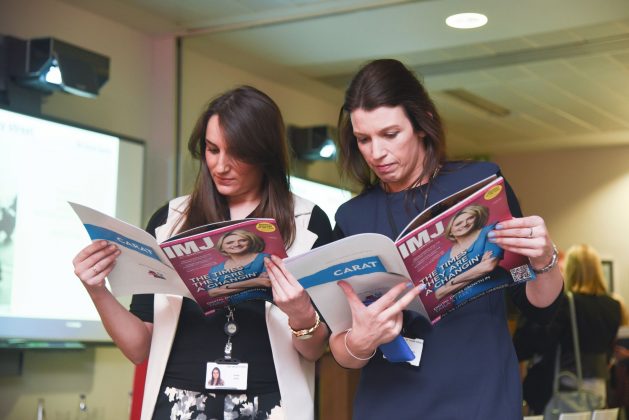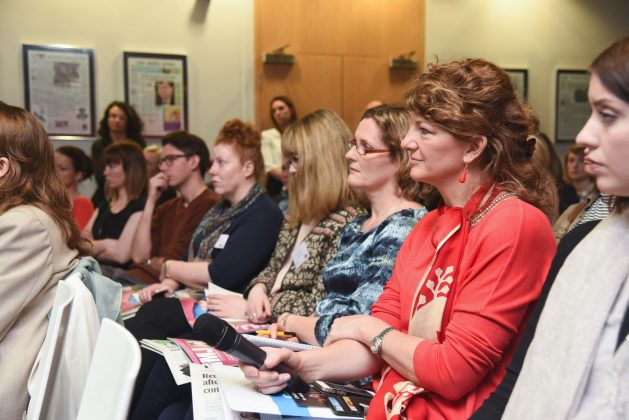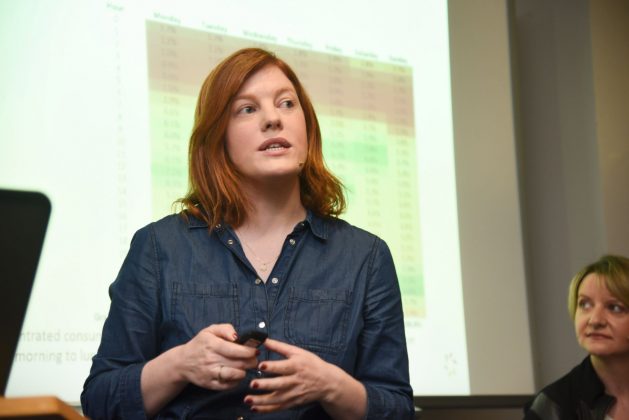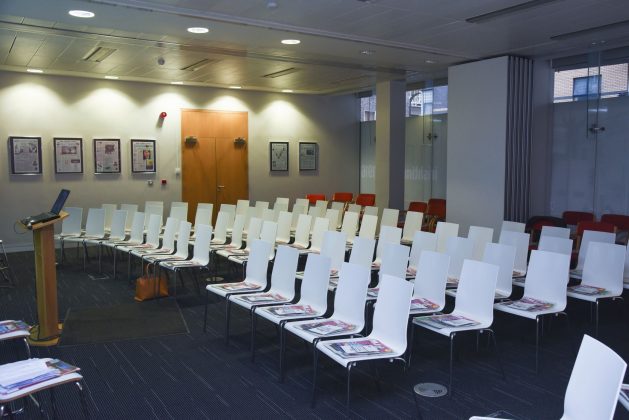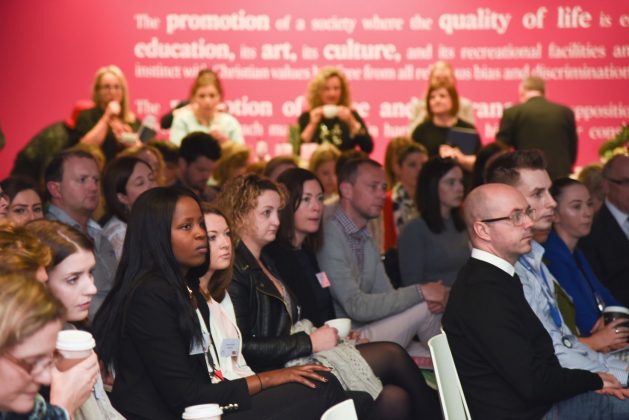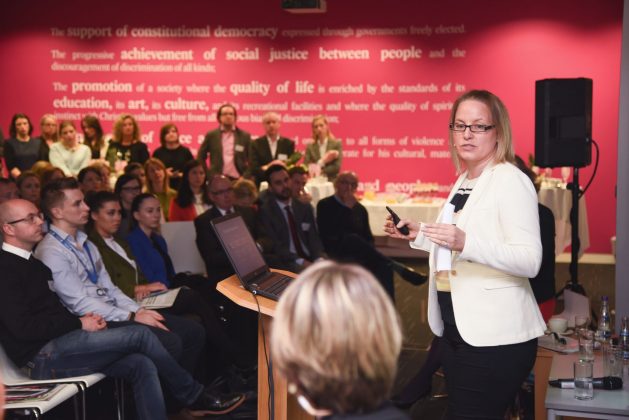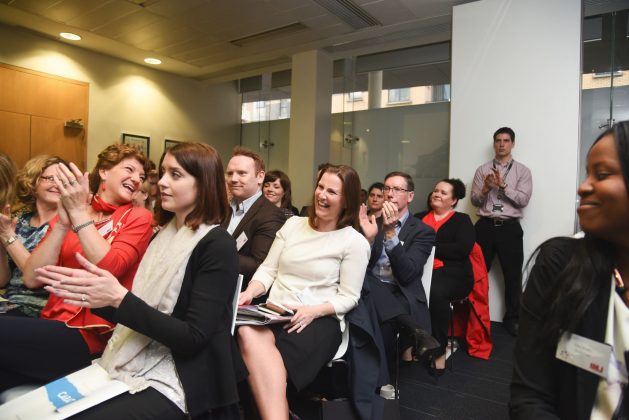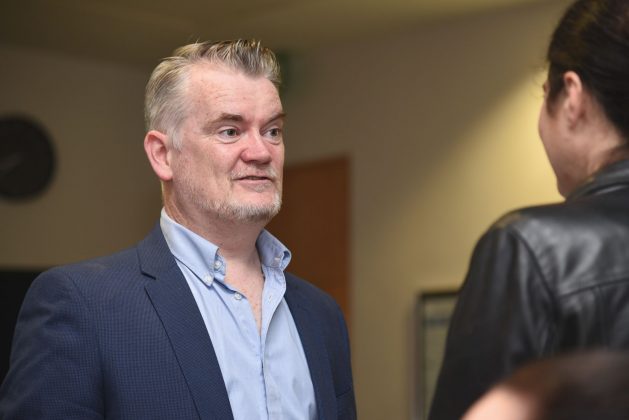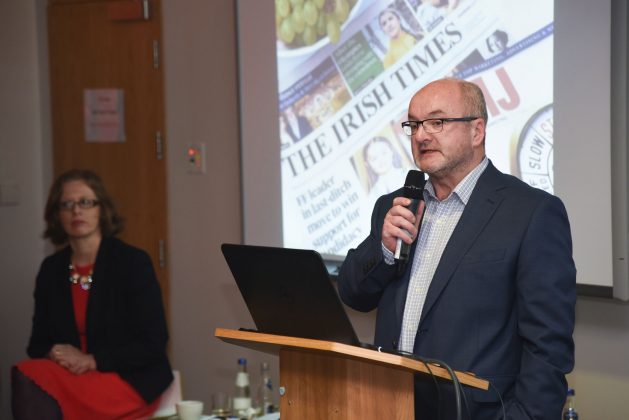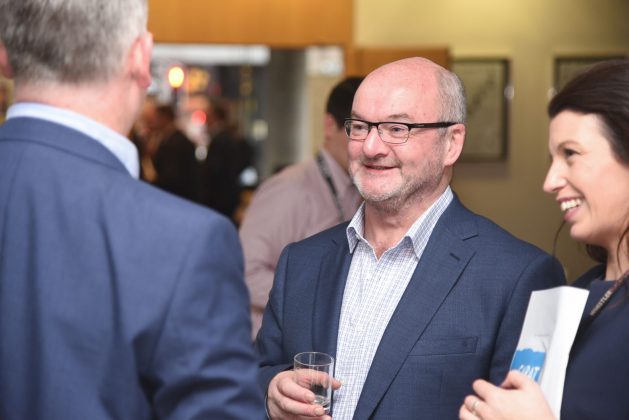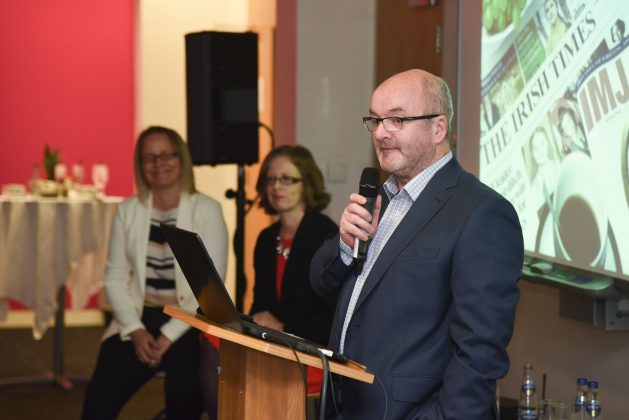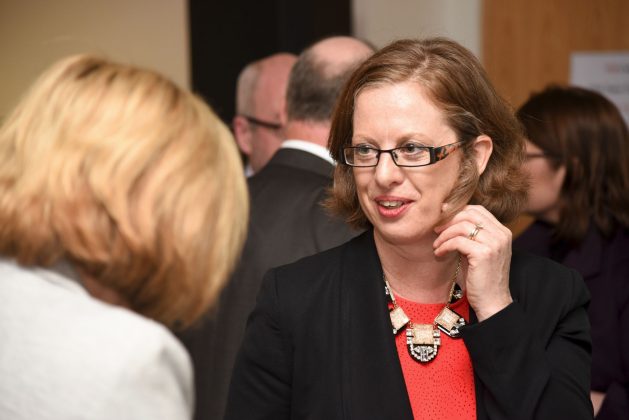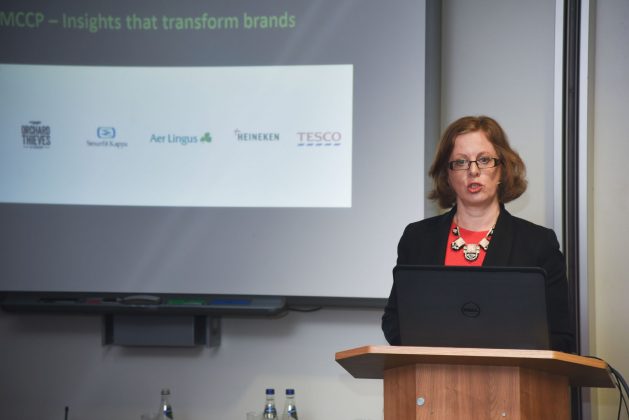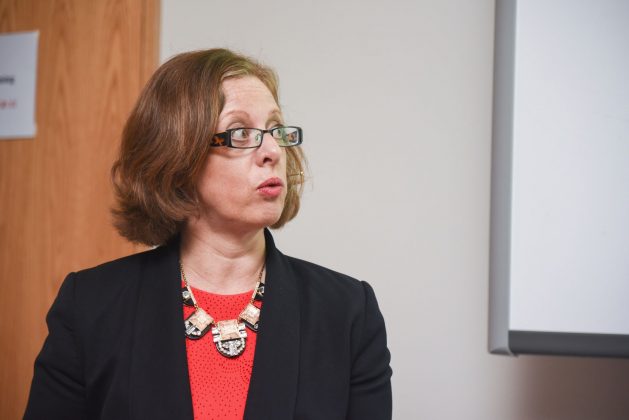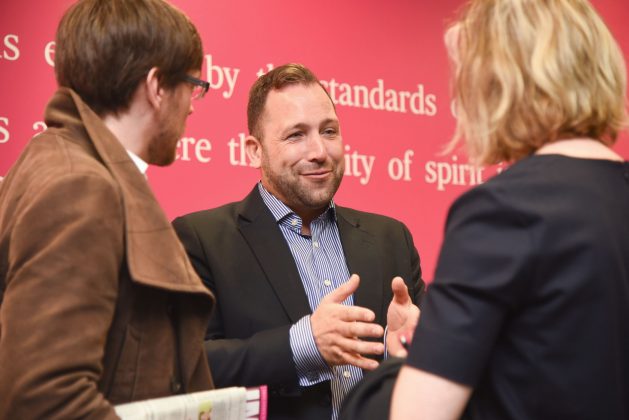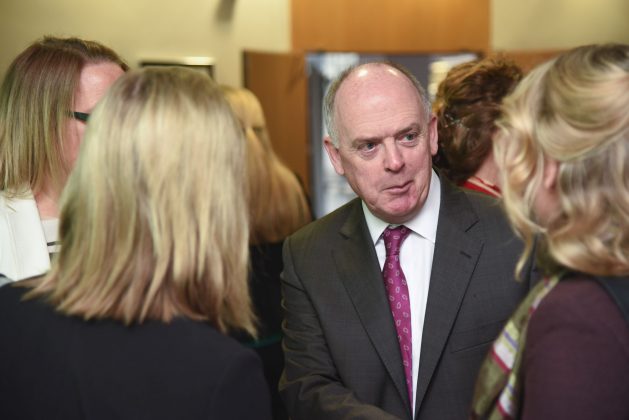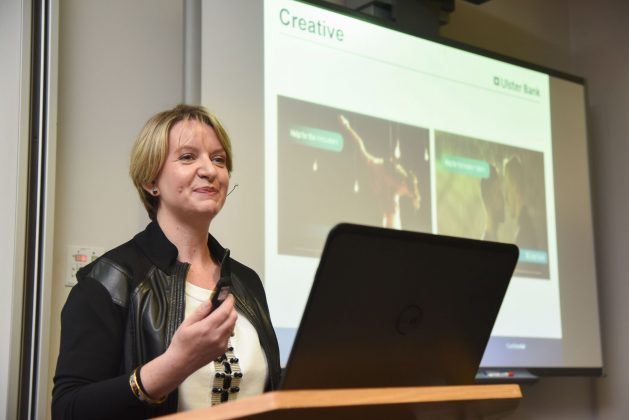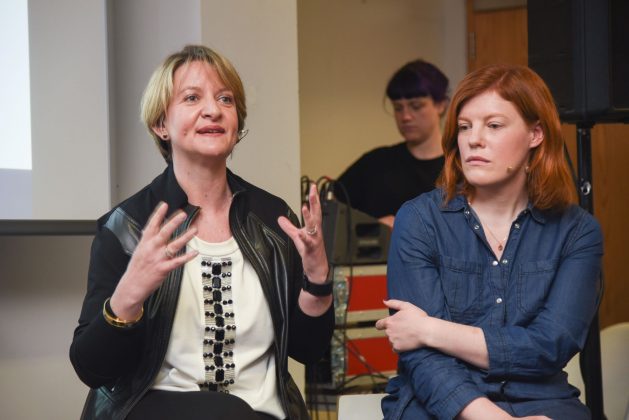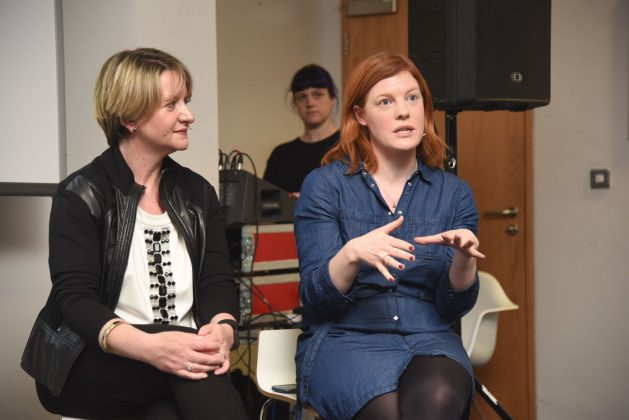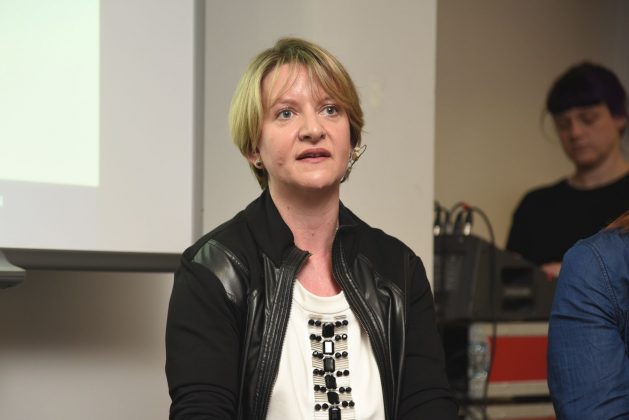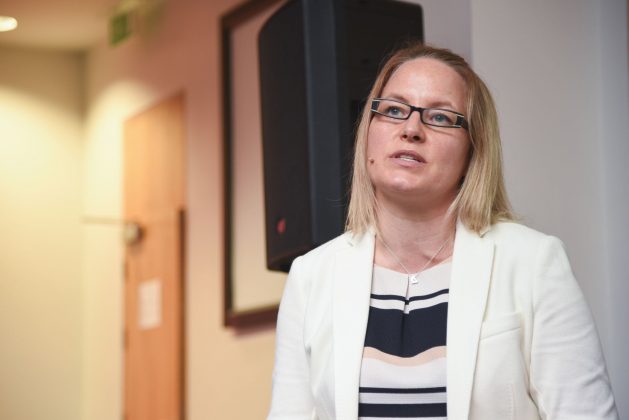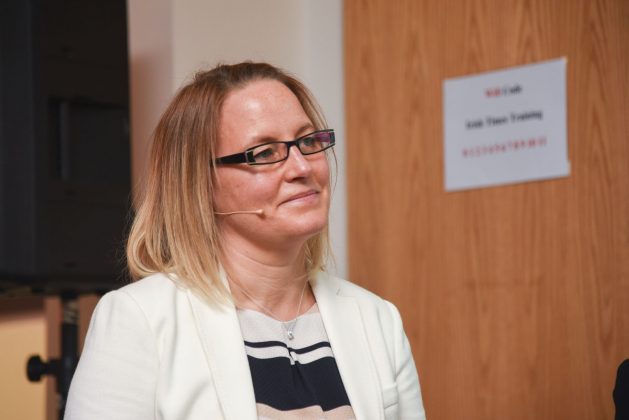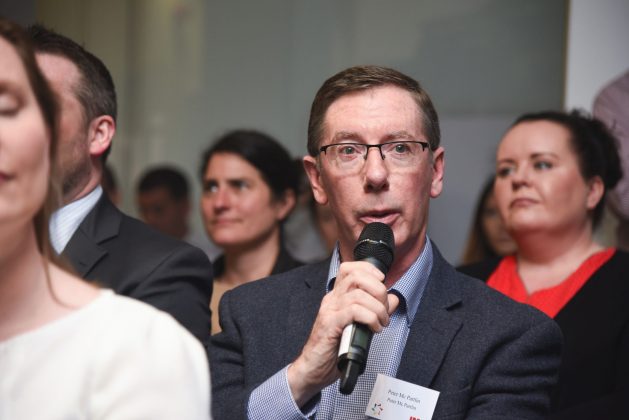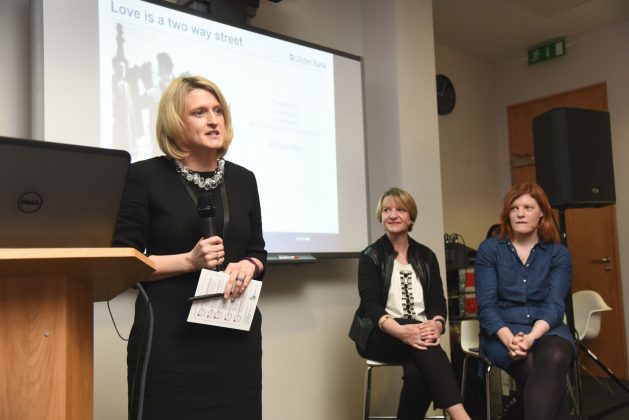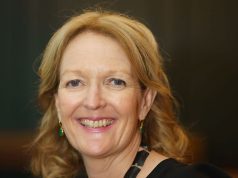The inaugural Irish Times/IMJ #breakfastbytes seminar took place last month in the offices of the Irish Times on Tara Street. A packed house of over 100 people were in attendance to hear four speakers discuss the topic of how to act on consumer insights and how they should be used to inform a range of strategies around customer experience and product development.
The speakers were Maeve McMahon, director of customer experience and products at Ulster Bank; Kay McCarthy, managing director of MCCP, The Planning Agency; Maxine Hands, business director of Vizeum and Cliona Mooney, head of business analytics with the Irish Times.
First up was Kay McCarthy of MCCP who pointed out that “the concept of an insight has been around for a long time and it is often over-used to define a bunch of things including observations into behaviours and facts.”
In the case of MCCP, she added that it “defines an insight as a penetrating truth that will unlock growth -penetrating, so it’s is enduring and truth, so that it’s effective. It must have the capability to generate growth once acted upon. This kind of transformational insight requires a new mind-set of doing something transformative not simply creating reflective activity.”
According to McCarthy, in order to unlock growth, there are two important things a brand must do. “Firstly, get an insight that is capable of transforming your brand. Secondly, be ready to act on it to create new value that is relevant to your consumer by transforming how they use you for their betterment and yours; this will release your brand to become useful, valuable and loved,” she said.
Consumer insights also need buy-in throughout the company she added.
“To create transformative outcomes, you must start by creating a shift in how your entire organisation understands the consumer insight. Consumer insight should not only dictate how you interact with your consumers, it should also affect how you function as a business. Not only in terms of communications but also, potentially, in terms of how you work, yielding better cultures and vastly improved sales figures. It is not just about knowing; it is about understanding what to do with it. When you immerse everyone in this process, you will create endless possibilities for your brand.”
“A good insight needs to be brought to life across the entire organisation, you need to have everybody on board with it. Getting that insight to the people at the core face of the business is really important,” she said.
“It’s also about behaviour and it’s about changing behaviour or about attitudes- it’s about long term growth and it’s really deep because it unlocks that behaviour and it unlocks motivation. Big data will get you behaviour, insight gets you the motivation.”
For companies looking for new market growth, she stressed that all stones should not be left unturned. “You need to understand who you are talking to, stop talking to existing customers only. Growth is going to come from new customers, so it’s about understanding them and their relationship with your brand.”
Next up was Maxine Hands of Vizeum, who discussed how GAAGO, RTÉ’s on-demand video GAA platform undertook key research to retain customers and grow the service using insights gleaned from an existing database of 50,000 customers.
From her experience, she said, “the most effective communications strategies that I have ever seen are the ones that are grounded in data and really solid insights that come out of that data.”
Noting that there is a huge volume of data and research out there, the big challenge many companies face is how to bring it all together.
“What’s key is that we find a way to bring all of that together and actually harness it and take a single insight out of it, but we can move the business forward with,” she said.
She pointed to research carried out in the USA which highlighted the fact that only 39% of organisations were actually accruing business benefits from their data.
Cliona Mooney of the Irish Times, meanwhile, noted that the company has a wealth of data at its disposal from all departments, including editorial, sales, marketing, but knowing what to do with it to gain an understanding of its readers was crucial.
it’s about turning data into diamonds. So it really is that thing about as I said, it’s not big data for the sake of it, it’s how we can drive that particular insight into it
“Data is just data until you can turn it into a valuable insight. It has to add value and what we are really trying to do is drive actionable insights back into business,” she said.
“As a publisher, we look at reader behaviour patterns, we look at when readers are on site and what devices and what times and this helps us when plan what content we publish, where we publish it and at what time. For us, it’s about it’s really all about the right time, the right place and the right message,” she said.
“For the Irish Times, it’s about turning data into diamonds. It’s not big data for the sake of it, it’s about how we can drive that particular insight for the benefit of the company and our readers,” she concluded.
The final speaker, Maeve McMahon of Ulster Bank, talked about how the bank used customer insights as part a wider soul-searching exercise aimed at informing its customer strategy and positioning in the marketplace.
Given that reputation of the banking industry had suffered damage during the downturn, this was always going to be a challenge. As one customer who participated in the research noted, “Ulster Bank was like the second cousin that nobody wants to sit beside at a wedding,” she said.
“So can the unloved be loved? That’s what Irish banks are trying to do, moving from a place of genuine hate, fear, resentment anger, paranoia to actually develop an emotional connection with their customer base,” she added.
With a stated aim of becoming the leading bank for customer service by 2020, according to Ross McEwan, the CEO of RBS (which owns Ulster Bank), she said it is well down the road to achieving this.
Armed with the research and insights into how customers perceived the bank and what it needed to do to regain trust it boiled down to a number of key things, chief of which was to serve customers well, the overarching and single purpose to which RBS and Ulster Bank adheres to, said McMahon.
A big part of the challenge was getting customers to talk to and engage with the bank, she said. This was apparent from the bank’s recent advertising campaign which was aimed at “the innovators, the cupcake makers and to the history makers,” she said, adding it was “not by coincidence that we were the first bank in Ireland to have an image of a gay couple in our advertising giving what was going on in the country.”
“So it’s not about selling products, it’s actually about having emotional connection with our customers to move from this place of fear to actually love. At the end of the day people don’t want a mortgage, they want a home to hang their pictures on and that’s really what has being driving our insights,” she said.
“And love is a two-way street,” she concluded.
First published in Irish Marketing Journal (June 2016)© to order back issues please call 016611660

















